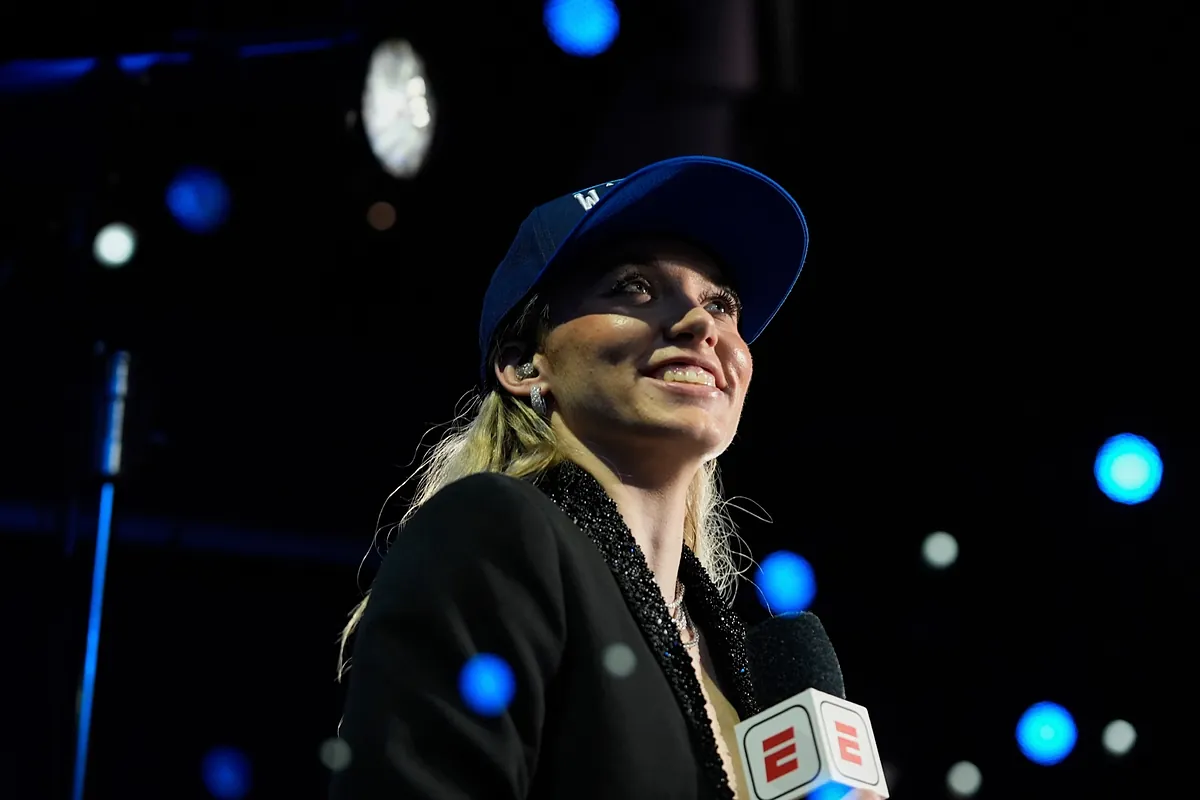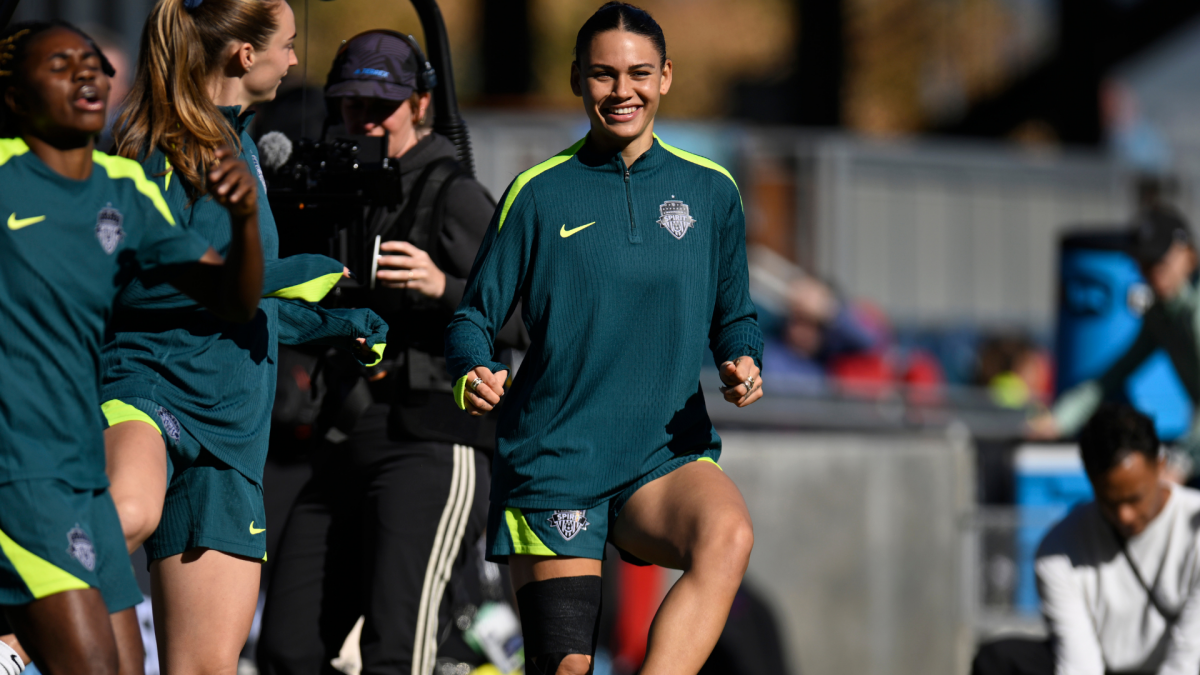

Draft day in the WNBAis full of emotion-smiles, tears, hugs, and a whole lot of hope. This year’s class brought star power in spades: Paige Bueckers, Sonia Citron, Kiki Iriafen, and more graced the orange carpet, soaking in their moment. But after the cameras cut and the suits go back on the hanger, a much tougher reality kicks in for many rookies.
The big question is this: what do WNBA rookies actually earn? And why is it so much less than what we see on the men’s side?
Caitlin Clark throws playful jab at fan with a gesture that at first looked offensive
The answer lies in the rookie scale-a structure laid out in the 2020 Collective Bargaining Agreement between the league and the players’ union. For 2025, top-four picks will earn $79,000. Those picked later in the first round drop to $72,455, while third-round picks land just above $66,000. Compare that to the NBA’s projected top pick Cooper Flagg, who’s expected to bring in over $11 million his first year, and the gap becomes hard to ignore.
But even more surprising? Those rookie salaries in the WNBA aren’t guaranteed. Unless a player makes the final roster, they don’t get paid.
The game is growing but the pay hasn’t caught up
The league has momentum. Caitlin Clark’s debut with the Indiana Fever pulled 2.12 million viewers, making it the most-watched regular-season game in 23 years, according to ESPN. The 2024 WNBA Finals were the most-watched in a quarter century. Add in a fresh $2.2 billion media rights deal with Disney, NBCUniversal, and Amazon, and the WNBA is clearly on the rise.
Still, that financial lift hasn’t fully trickled down to the players. The current CBA only gives athletes a share of incremental revenue, unlike the NBA’s model, which splits all revenue 50/50. That difference? It adds up fast.
Then there’s the hard salary cap. It’s so tight that even top-tier talent gets cut just to make the numbers work. As 2018 MVP Breanna Stewart told The Athletic,“Salaries went up, but a very restrictive hard cap has put teams in a bind.”
And now, with competing leagues like Unrivaled offering seven-figure contracts, players are starting to explore alternatives. When one player turned down a million-dollar Unrivaled deal to stick with the W, it sent a message-but also a warning: other options are real, and they’re growing.
The WNBPA recently opted out of the current CBA to push for a better deal. President Nneka Ogwumike made it clear: “The world has evolved since 2020. If we stay in the current agreement, we fall behind.”
As new stars flood the league and viewership climbs, the rookie scale-and the system around it-feels increasingly out of step. The talent is there. The fans are showing up. Now it’s time for the pay to catch up.
This news was originally published on this post .







Be the first to leave a comment